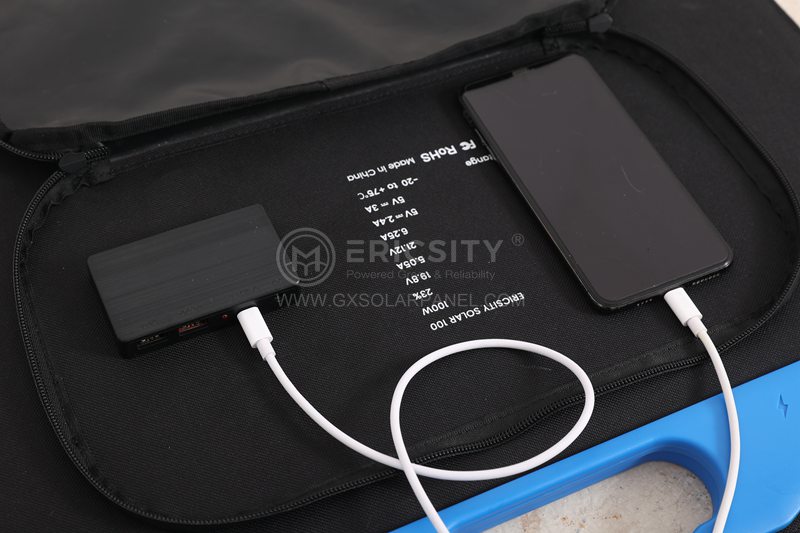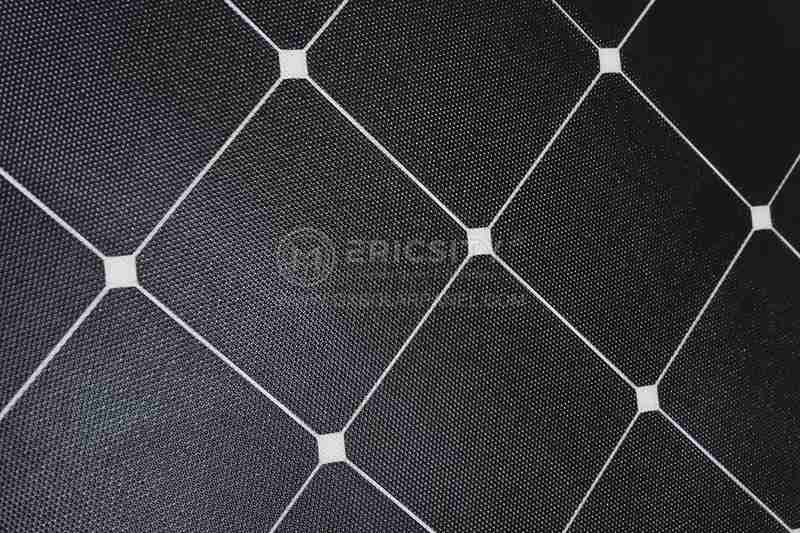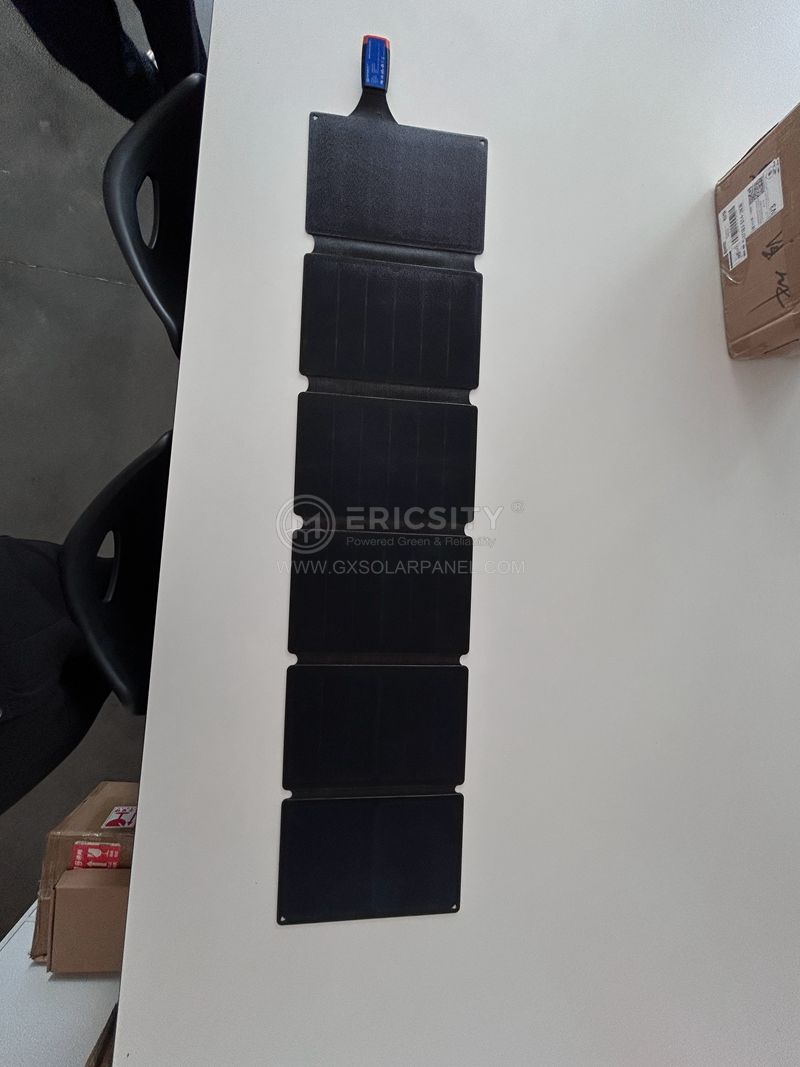HOT PRODUCT
Product Details
Semi-flexible Vs. Traditional Panels: Which Is Right For You?
Semi-flexible Vs. Traditional Panels: Which Is Right For You?
Solar panels have become an increasingly popular choice for harnessing renewable energy. They are designed to convert sunlight into electricity, and are manufactured in various types and configurations to suit different needs. In recent years, semi-flexible solar panels have emerged as a viable alternative to traditional rigid panels. But how do these two options compare, and which one is the right choice for you? In this article, we will explore the differences and benefits of semi-flexible and traditional solar panels.
Structure and Design:
To understand the differences between semi-flexible and traditional solar panels, it is essential to examine their structure and design. Traditional solar panels consist of crystalline silicon cells that are encapsulated within a rigid frame made of aluminum or other materials. These panels are sturdy and often heavier due to their construction.
On the other hand, semi-flexible solar panels are made using thin-film technology, which involves depositing a light-absorbing material onto a flexible backing. The absence of a rigid frame makes them lighter and more flexible, allowing them to curve and bend to some extent. This flexibility makes them suitable for various applications that may require a conformable and lightweight design.
Installation Flexibility:
One of the significant advantages of semi-flexible solar panels is their ability to conform to irregular surfaces. This flexibility makes them ideal for applications where traditional panels are impractical or challenging to install. For example, semi-flexible panels can be mounted on curved surfaces, such as boat decks, RV roofs, or even backpacks for portable solar charging. Traditional panels, being rigid, are more suitable for fixed installations like rooftop arrays.


Durability and Performance:
In terms of durability, traditional solar panels have a clear advantage over their semi-flexible counterparts. The rigid frame provides better protection to the delicate components inside the panel, making them less susceptible to damage from impacts, hail, or other harsh weather conditions. Traditional panels also have a longer lifespan, generally around 25 to 30 years.

Semi-flexible panels, while not as durable or long-lasting, still offer satisfactory performance. They are designed to withstand some flexing and bending without breaking, making them more resistant to minor impacts. However, it is important to handle them with care to avoid any damage that could affect their efficiency.

Efficiency and Output:
Another crucial aspect to consider when choosing between semi-flexible and traditional panels is their efficiency and power output. Traditional panels generally have higher conversion efficiency, meaning they can convert a greater percentage of sunlight into electricity. This leads to a higher power output per square meter compared to semi-flexible panels.
Semi-flexible panels, due to their thin-film technology, usually have lower efficiency levels. This means they require a larger surface area to generate the same amount of power as traditional panels. In situations where space is limited, traditional panels may be a more suitable choice to maximize electricity production.
Cost and Affordability:
Cost is an important consideration when investing in solar panels. Traditional panels are generally priced lower than semi-flexible panels on a per-watt basis. This is primarily due to the higher production costs associated with the flexible backing material and thin-film technology used in semi-flexible panels.
However, it’s essential to evaluate the overall cost-effectiveness of the panels based on the specific application. For example, if you require a solar panel solution for a curved or irregular surface, the installation savings and convenience of semi-flexible panels may outweigh the slightly higher upfront costs.
Conclusion:
When deciding between semi-flexible and traditional solar panels, it ultimately boils down to the specific requirements of your project and your budget. If you need a solar panel solution for a curved or irregular surface, semi-flexible panels offer flexibility and ease of installation. However, if durability, efficiency, and longer lifespan are the priority, traditional panels are the way to go.
Before making a final decision, it is recommended to consult with a reputable solar installer or provider. They can assess your unique requirements and guide you towards the most suitable option, keeping in mind factors such as available space, budget, and long-term efficiency. With their help, you can make an informed choice and start harnessing the power of the sun to meet your energy needs.




